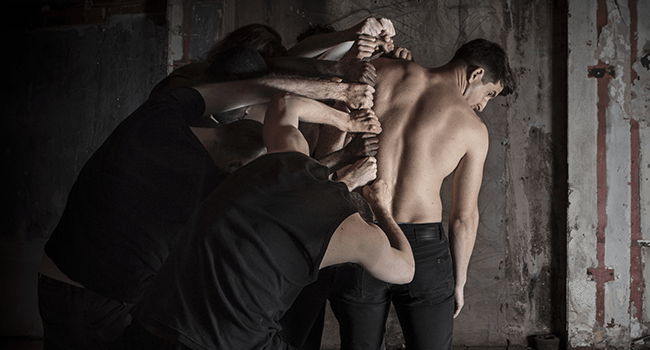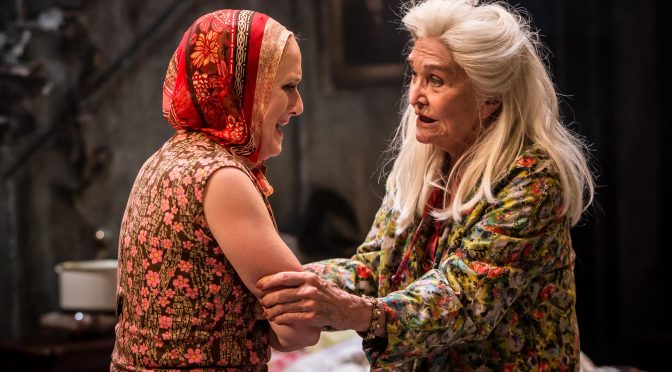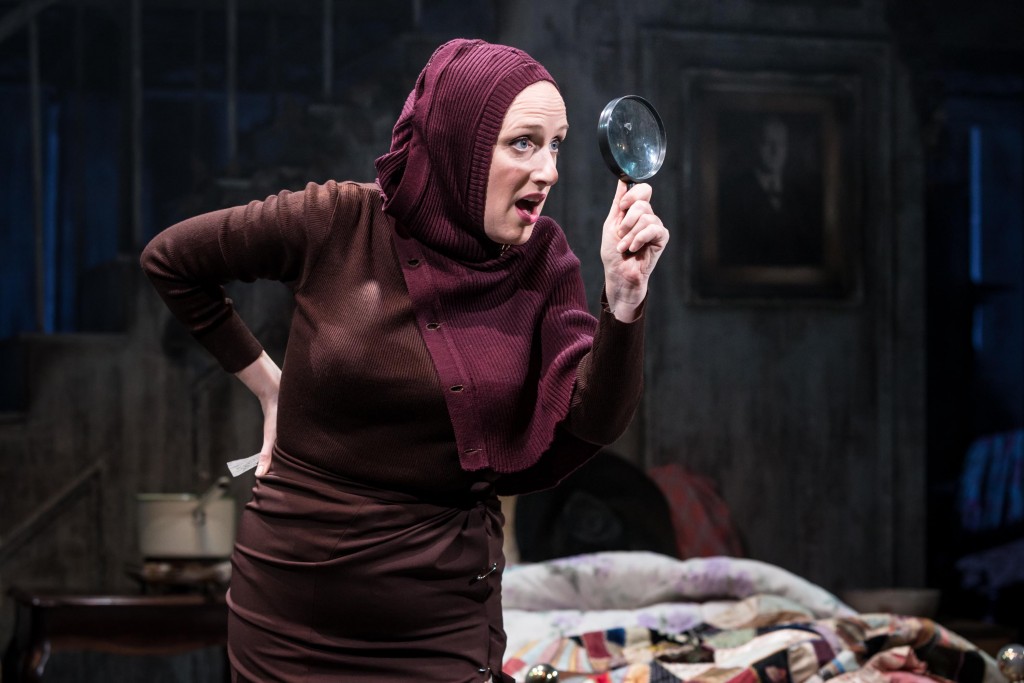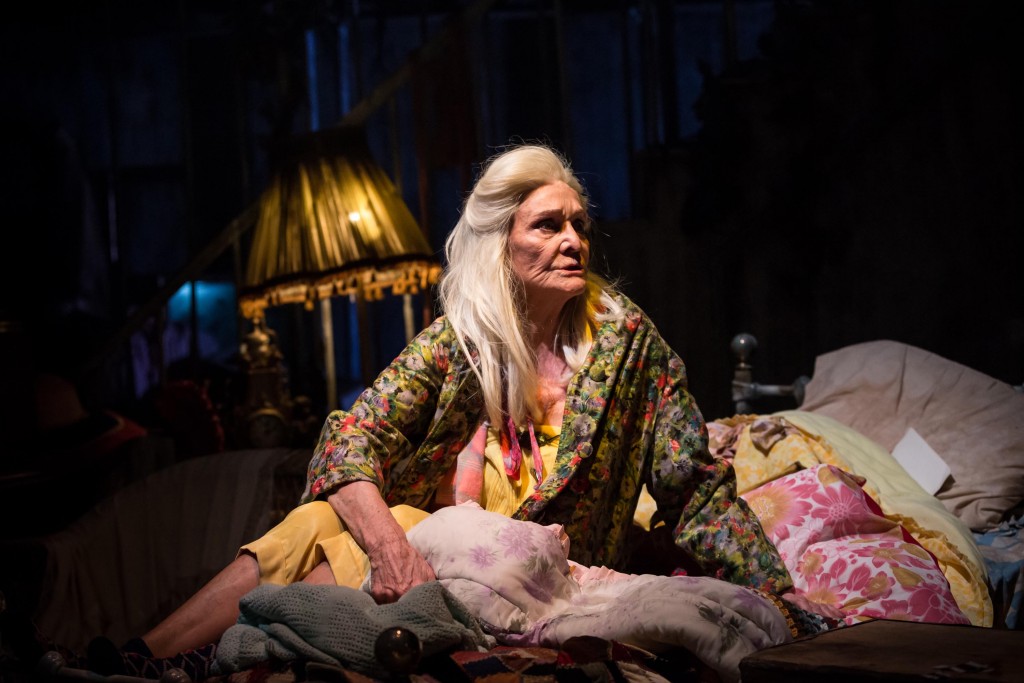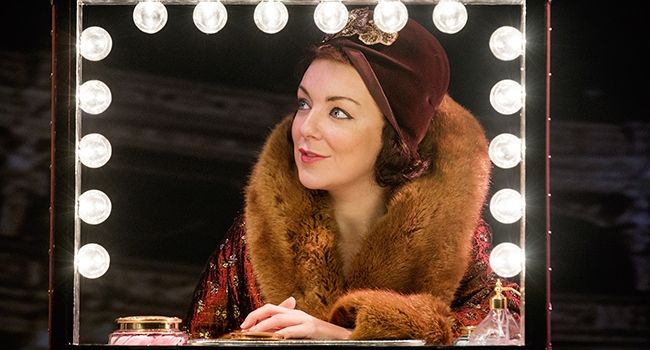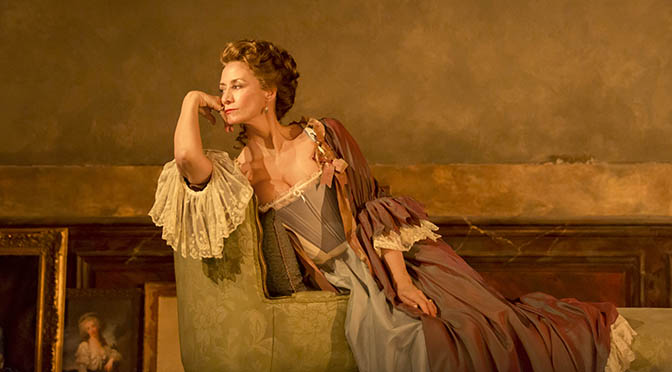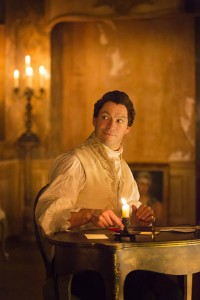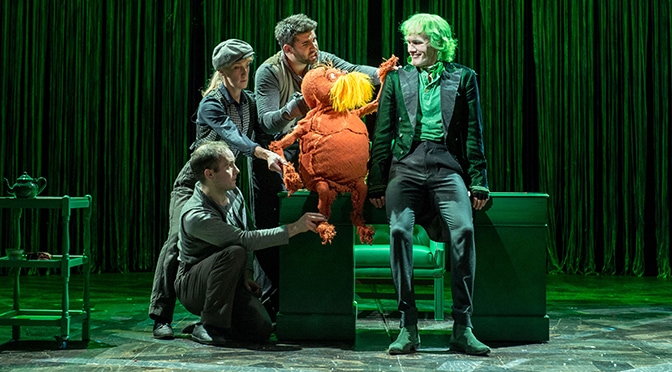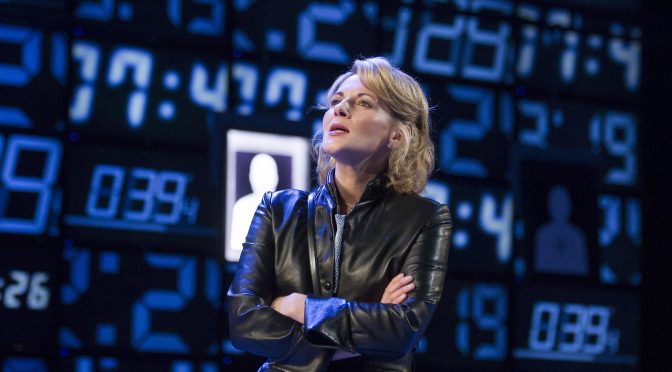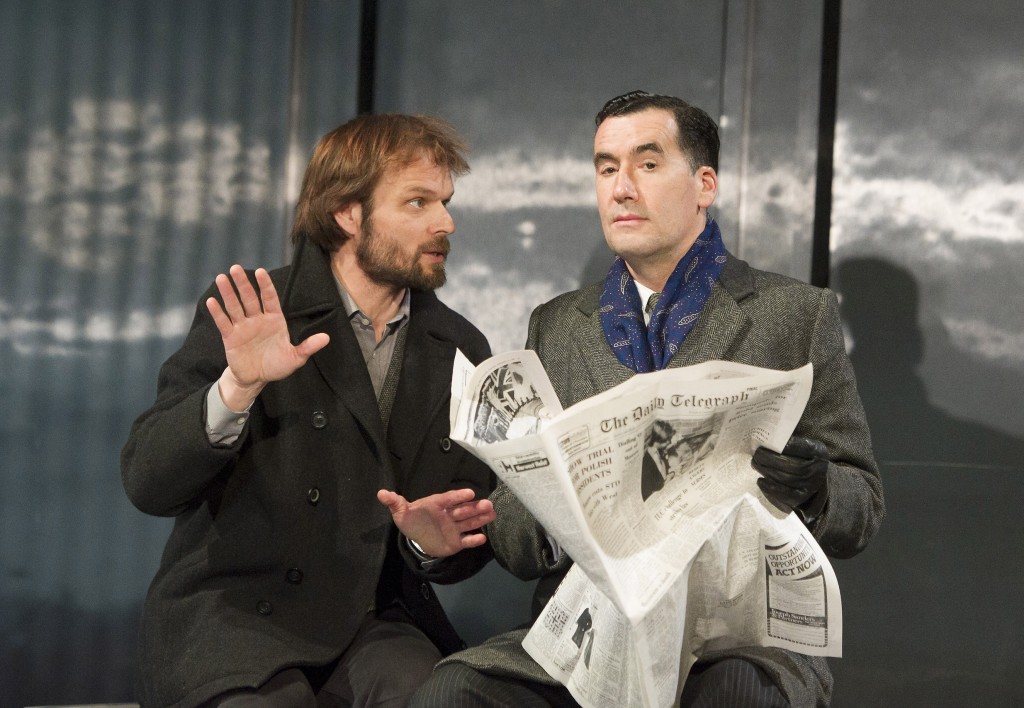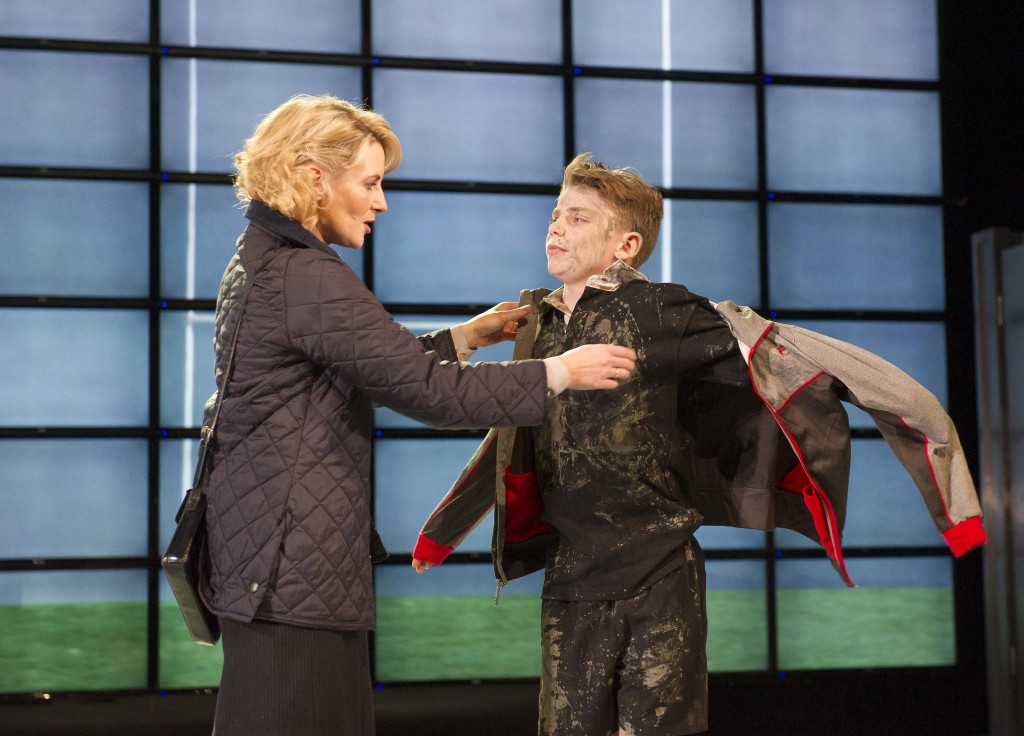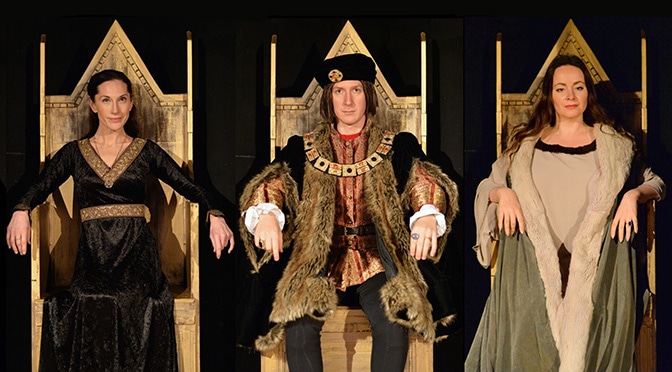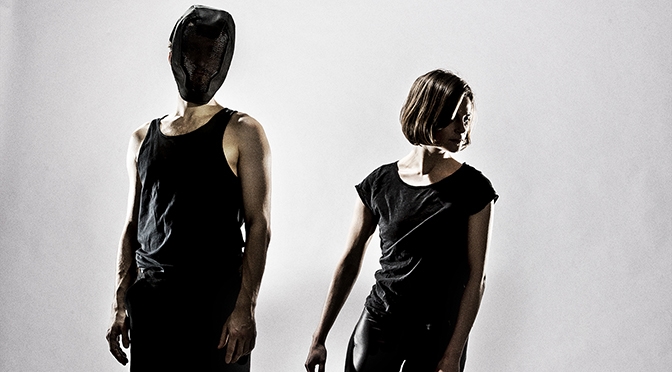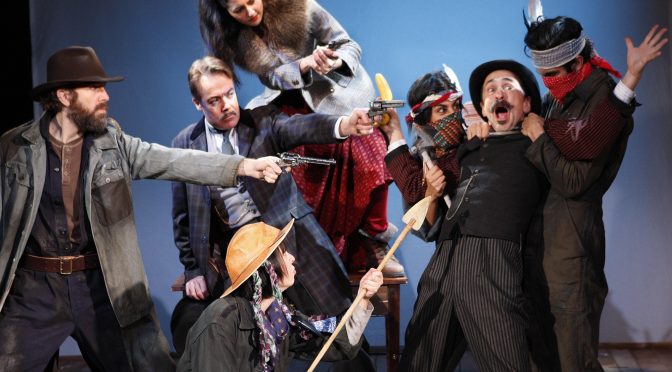Another admirable production from The Faction company, Mark Leipacher’s rendering of Shakespeare’s villainous king is full of bold moments. There are flaws, but the show’s scale and ambition impress.
Leipacher uses his cast of 19 with careful restraint and an emphasis on physical theatre. His vision of Richard’s nightmare before battle, with his victims crawling towards him, is startling. No props are used and powerful tableaux result: Hastings’ head on the battlements or the ensemble creating a horse for the king to ride. It’s a shame some of the miming is sub-standard and the accompanying sound effects overblown.
With a cast this large in a fringe show, perhaps it’s not surprising there are some weak links. It’s not a question of commitment – this is a tight crew – but some roles lack polish. There are fine performances from Gary Richards as Hastings, Carmen Munroe as Richard’s mother and Anna Maria Nabirye as an Amazonian Buckingham (a gender swap that really adds tension). Kate Sawyer gets a great deal from the role of Elizabeth, all the more impressive since she is hampered by some God-awful head gear. These performers are the ones whose lines you hear most clearly – too much dialogue is lost, sacrificed to action or poorly delivered.
Thankfully, there are few instances when you can’t hear Richard’s lines. Taking the title role, Christopher York excels, presenting an intimidating figure with a conscious lack of humour. The cleverest stroke is that his disability comes and goes. York becomes contorted or straightens himself out at chosen moments – such a brilliantly simple idea that I’m surprised I haven’t seen it before.
While there are strong scenes, Leipacher doesn’t draw the production together – it’s linked by style rather than an overriding idea. Especially disappointing is a messy final battle scene – a low note on which to end an interesting evening.
Until 6 February 2016
Photo by Cameron Slater

